Yes, a single-phase inverter can be used on a three-phase load. The inverter will synchronize with one of the phases in a three-phase grid, delivering power efficiently. This setup is usually sufficient for smaller residential systems and does not cause significant issues, ensuring you receive the same benefits as you would with a three-phase inverter.
Let’s explore how this integration works and what considerations need to be taken into account.
Understanding Single-Phase and Three-Phase Systems
Single-Phase Power
Single-phase power is commonly used in residential and light commercial applications due to its simplicity and ease of installation. It operates with two wires: a live wire and a neutral wire, delivering power in a sinusoidal wave. This type of power supply is adequate for most household appliances and small businesses.
However, the voltage in single-phase systems varies sinusoidally over time, which can result in less efficient power delivery for heavy loads. Consequently, single-phase power systems are not ideal for running large motors or heavy machinery, as they can experience voltage drops and power surges under significant loads.
Three-Phase Power
Three-phase power, on the other hand, is extensively used in industrial and heavy commercial applications due to its robust and reliable power delivery. It operates with three live wires, each carrying alternating currents that are 120 degrees out of phase with each other.
This configuration creates a more consistent and balanced power flow, reducing the likelihood of voltage drops and providing a continuous supply of power. This makes three-phase systems highly efficient and ideal for powering heavy machinery, large HVAC systems, and other high-demand equipment. The balanced load distribution in three-phase power systems also helps in reducing the electrical losses and improving the overall efficiency of power transmission and utilization.
Key Differences
- Power Delivery: Three-phase systems can deliver more power consistently, making them suitable for heavy loads. In contrast, single-phase systems may struggle with heavy loads, leading to inefficiencies and potential voltage issues.
- Efficiency: Three-phase power is more efficient for large-scale applications due to the constant power flow and balanced load distribution. This efficiency reduces energy losses and enhances the performance of industrial equipment. Single-phase power, while simpler and sufficient for most residential and small commercial needs, is less efficient and reliable for heavy-duty applications.
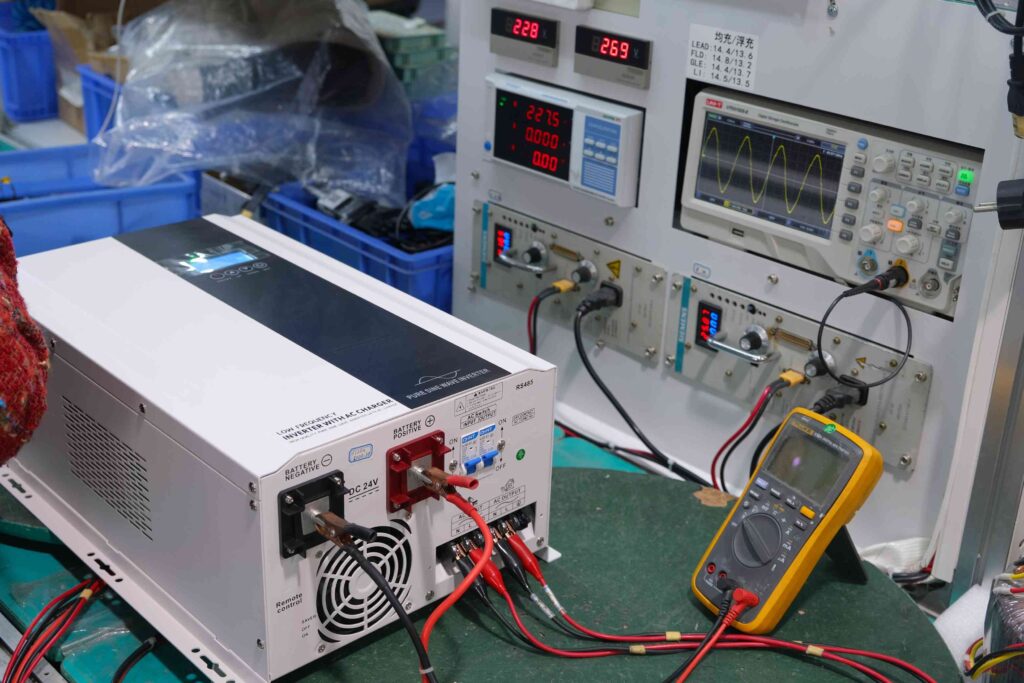
Challenges of Using a Single-Phase Inverter for a Three-Phase Load
Using a single-phase inverter to power a three-phase load presents several significant challenges that can impact the performance and longevity of the equipment.
1. Imbalanced Power Distribution
A single-phase inverter inherently lacks the ability to provide the balanced power output necessary for three-phase loads.
Three-phase systems distribute power evenly across three alternating currents, ensuring smooth and efficient operation. However, a single-phase inverter delivers power in an uneven manner, which can lead to phase imbalance.
This imbalance can cause the equipment to operate inefficiently, potentially leading to vibrations, noise, and even damage over time due to the uneven stress placed on the system components.
2. Increased Strain on Components
When three-phase loads are powered by a single-phase source, the electrical and mechanical components within the equipment are subjected to increased strain. This additional stress can manifest as higher operating temperatures, which may lead to overheating.
Overheating not only reduces the efficiency of the components but also accelerates their wear and tear. Consequently, the lifespan of the equipment is shortened, and the risk of failure increases, which can result in costly downtime and repairs.
3. Voltage and Current Issues
Three-phase loads are specifically designed to operate with particular voltage and current levels that a single-phase inverter may struggle to provide.
The mismatch in voltage and current levels can cause the equipment to underperform, leading to suboptimal operation. In some cases, the equipment may not function at all if the voltage and current supplied do not meet the required thresholds.
Additionally, this mismatch can cause electrical stress, leading to potential malfunction or damage to the sensitive electronic components within the load.

Potential Solutions
Despite the challenges, there are solutions to use a single-phase inverter with a three-phase load:
1. Phase Converters
Phase converters are devices that convert single-phase power to three-phase power. There are two main types of phase converters: rotary and static.
Rotary phase converters use a motor-generator setup to produce three-phase power, while static phase converters use capacitors to create the necessary phase shift. Although phase converters can be effective, they may introduce inefficiencies and additional complexity to the system.
2. Variable Frequency Drives (VFDs)
VFDs are electronic devices that control the speed and torque of electric motors by varying the frequency and voltage of the power supply.
Some VFDs can convert single-phase input to three-phase output, making them a viable solution for running three-phase motors with a single-phase inverter. VFDs offer precise control and can improve the efficiency and performance of the motor.
3. Using Multiple Single-Phase Inverters
Another approach is to use multiple single-phase inverters to simulate a three-phase power supply. This method involves synchronizing the output of several single-phase inverters to create a balanced three-phase output.
While this solution can be effective, it requires careful design and synchronization to ensure proper operation.
4. Upgrading to a Three-Phase Inverter
The most straightforward solution is to upgrade to a three-phase inverter. This approach eliminates the compatibility issues and provides a reliable and efficient power supply for three-phase loads.
Although it involves a higher initial investment, it can result in long-term savings and improved performance.

Practical Considerations and Best Practices
When considering the use of a single-phase inverter for a three-phase load, it is essential to evaluate the specific requirements and constraints of the application. This thorough evaluation ensures optimal performance, safety, and longevity of the equipment.
1. Assess Load Requirements
Begin by evaluating the power requirements of the three-phase load, including voltage, current, and power factor. Each of these parameters plays a crucial role in the proper functioning of the load.
Ensure that the chosen solution can consistently meet these demands without compromising performance or safety. Understanding the precise power needs helps in selecting an appropriate inverter or auxiliary device, such as a phase converter or VFD, to bridge the gap between single-phase and three-phase power.
2. Consider Efficiency and Reliability
While phase converters and variable frequency drives (VFDs) can offer temporary solutions to convert single-phase power to three-phase power, they may introduce inefficiencies and complexities. Assess whether these solutions provide sufficient efficiency and reliability for your application.
In many cases, upgrading to a three-phase inverter might offer better long-term benefits, such as improved efficiency, reduced operational costs, and enhanced reliability.
3. Consult with Experts
Engaging with electrical engineers and industry experts is highly recommended. These professionals can provide valuable insights and help identify potential issues that may not be immediately apparent.
They can recommend the most suitable solution tailored to your specific application, ensuring that all technical aspects are adequately addressed. Expert consultation helps in avoiding costly mistakes and ensures that the power system is designed optimally.
4. Compliance with Standards
Compliance with relevant electrical standards and regulations is crucial, especially for industrial and commercial applications. Ensure that the chosen solution adheres to local and international standards for safety and performance.
Regulatory compliance not only ensures the safety of the installation but also helps in avoiding legal issues and potential fines. It is essential to keep up-to-date with any changes in regulations that might affect your power system design and operation.
Conclusion
While a single-phase inverter cannot directly power a three-phase load, there are methods to achieve this indirectly through phase converters or multiple inverters. However, these methods come with trade-offs in terms of cost, complexity, and efficiency. For most practical applications, especially in industrial and large commercial settings, using a dedicated three-phase inverter is the optimal solution.
Understanding the specific requirements of your load and the characteristics of your power supply is crucial. Consulting with a professional can help determine the best approach for integrating single-phase inverters with three-phase loads, ensuring safety, efficiency, and reliability.



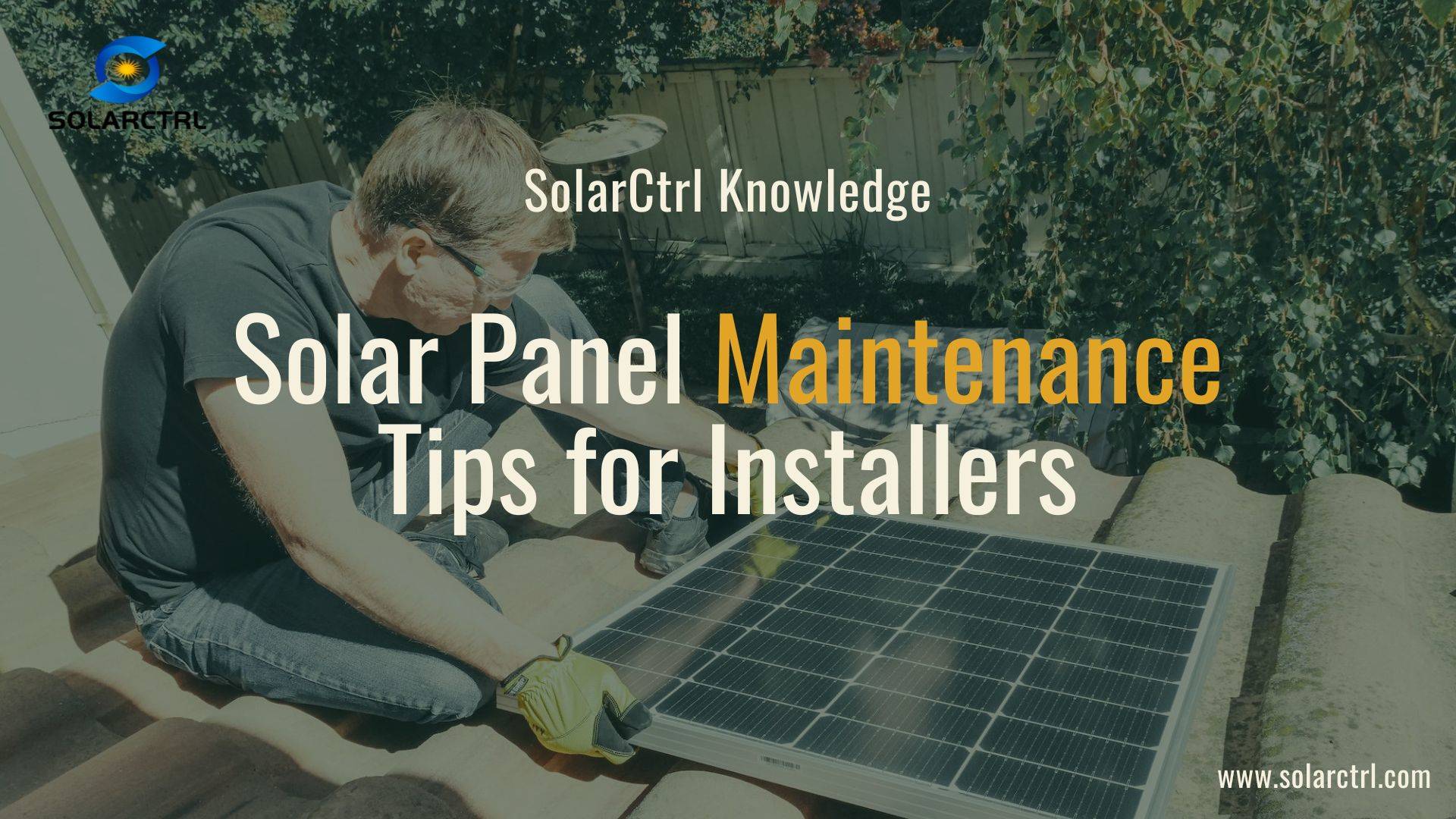


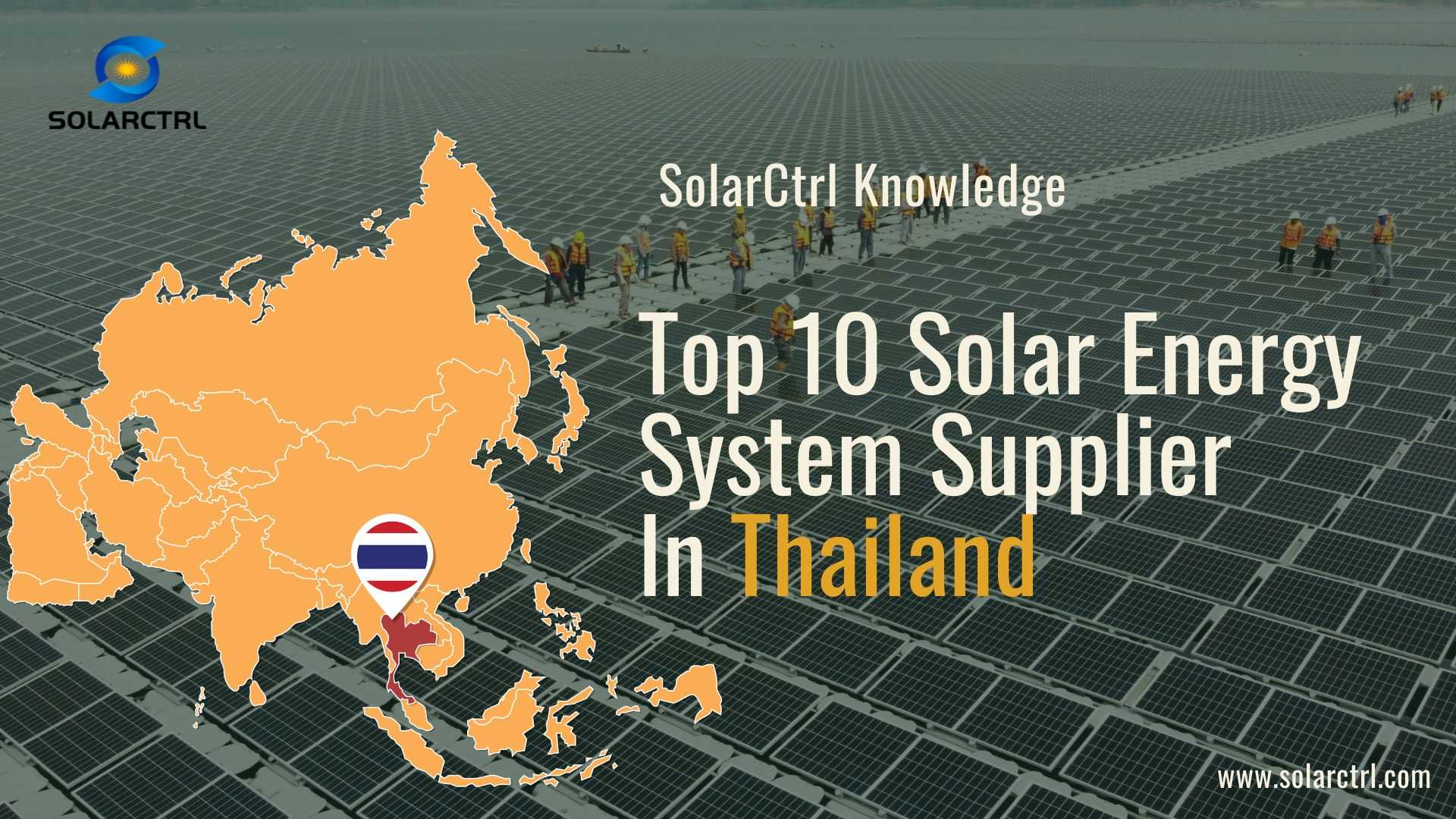



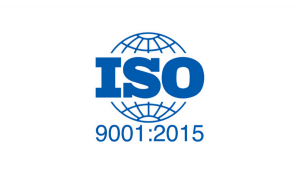
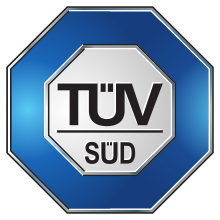



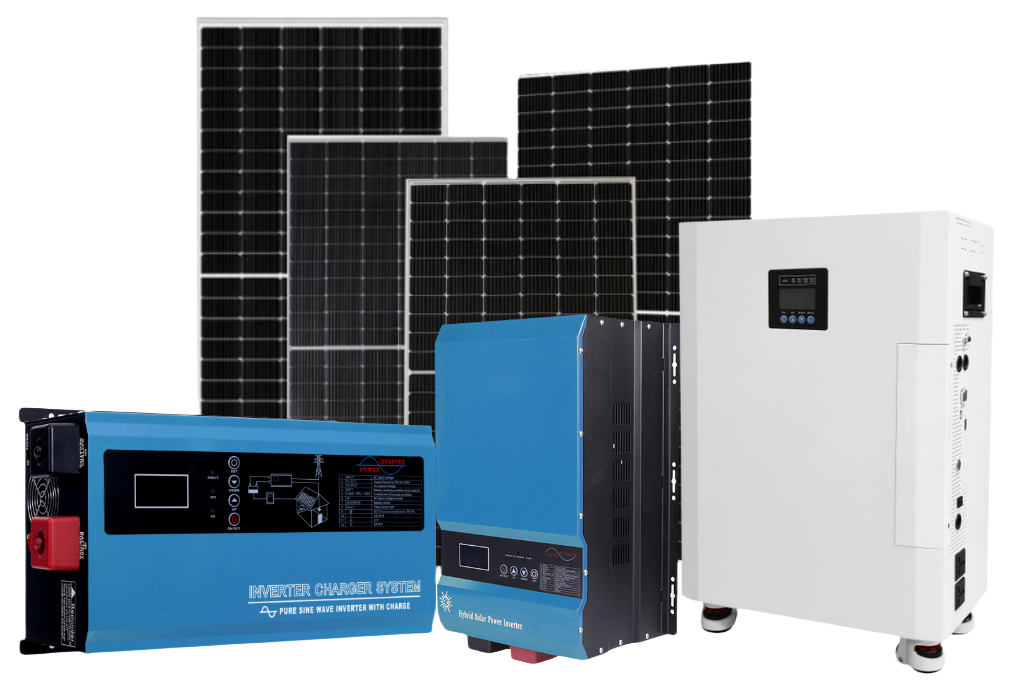
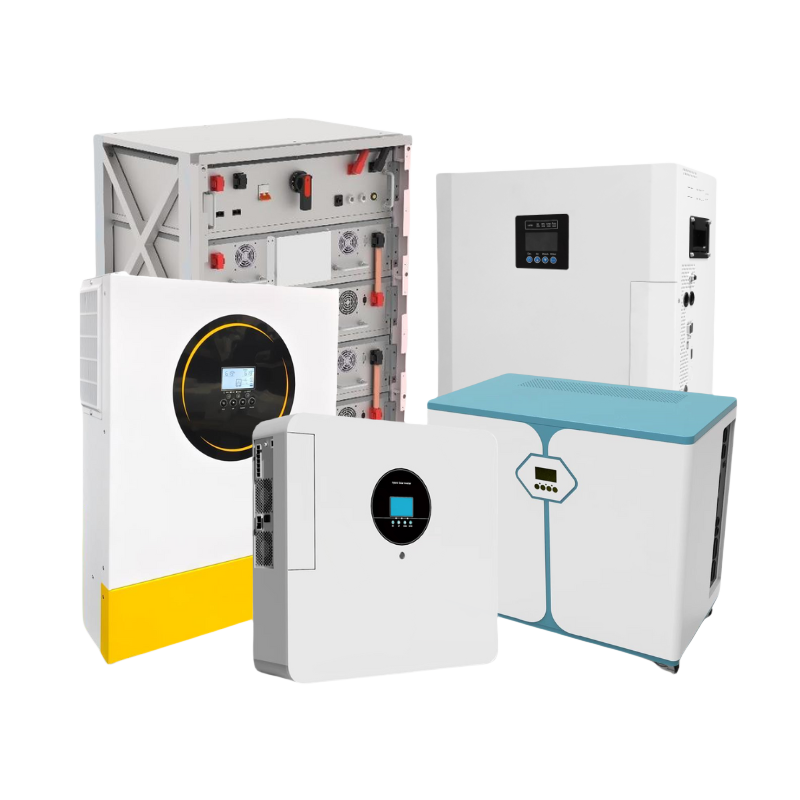
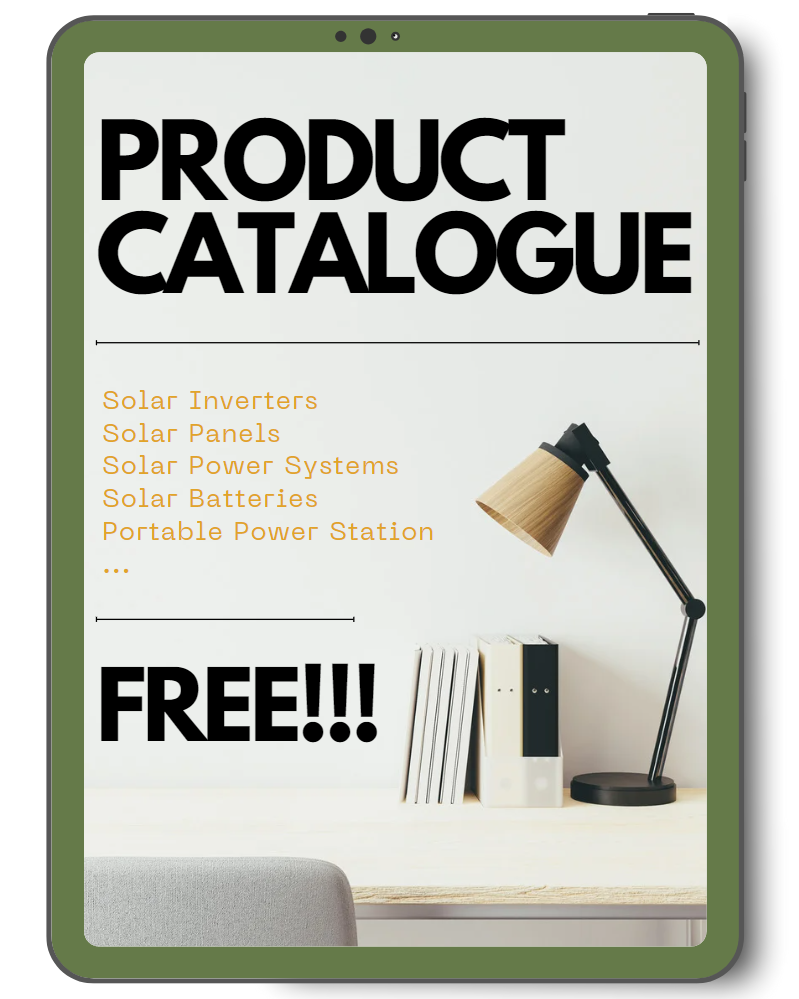
2 Responses
Thank you for the very interesting article.
I recently came across a 3 phase installation with 2 of the phases being from the utility supply with the other phase being from an inverter supply all connected through a 3 pole mcb.
Your comments please
Regards
Thank you for sharing your observation. The setup you described—where two phases are supplied by the utility and one phase by an inverter, all connected through a three-pole MCB—can present several challenges.
This type of configuration may lead to an imbalance in power distribution across the three phases, as the inverter-supplied phase might not match the voltage and current characteristics of the utility-supplied phases. This imbalance can result in uneven loads on the system, potential voltage drops, and increased strain on connected equipment.
It is recommended to use a unified three-phase power supply, whether it is entirely from the utility grid or entirely from the inverter. If you need to combine the utility grid and inverter power systems, it is advisable to use an Automatic Transfer Switch (ATS) or a dedicated grid-tie device to ensure phase synchronization and load balancing, thereby ensuring the safety and reliability of the system.